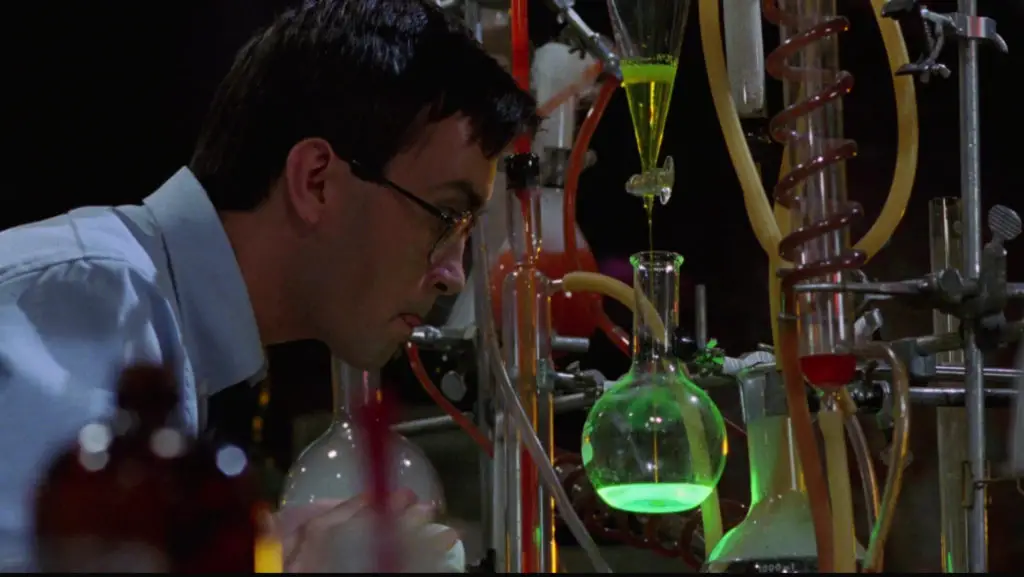
During the bad old days of the Soviet Union, artistic expression was brutally controlled by the crass Communist government. Modern art was officially scorned and refused public exhibition, while artists who sought to depict their individual artistic statements were routinely arrested and jailed.
In the midst of this madness was the would-be Russian painter Igor Savitsky, who somehow wound up in a distant corner of Soviet-controlled Uzbekistan as part of an archeological expedition. Savitsky somehow managed to cajole the local Communist officials to finance the creation and maintenance of a museum preserved the traditional folk arts of the region (which Stalin and his cronies eagerly sought to wipe out). Even more amazing was Savitsky’s efforts in rescuing tens of thousands of works of Russian avant-garde art that were banned by the government. These works eventually wound up in the collection – and, years later, on display – in his isolated museum in the middle of Soviet nowhere.
Filmmakers Amanda Pope and Tchavdar Georgiev have brought together an amazing collection of rare films and photographs of Savitsky in action. Interviews with the families of the embattled artists provide further depth on Savitsky’s actions. The resulting portrait presents Savitsky as one of the true heroes of 20th century Russian history – without his efforts, a significant aspect of his nation’s heritage would have been destroyed.
Furthermore, the film provides a very rare glimpse into the treasures of 40,000-piece Savitsky collection – the majority of the works and their creators were unknown in the West until a 1998 profile in the New York Times. Among the most amazing pieces here are Yevgeny Lysenko’s “Fascism is Advancing,” which depicted the threat for Hitler’s Germany as a monstrous blue bull; Lysenko was incarcerated by Stalin’s government in a mental hospital as a result of his refusal to tow the party line, while Savitsky smuggled the painting out of Moscow (at great risk to his own life) to save it from destruction.
Sadly, most of Savitsky’s collection is still facing destruction: improper storage and hostility to modern art by Islamic extremists in today’s post-Soviet Uzbekistan are the chief enemies. Complicating matters are auctions of some paintings – their sale offers temporary enrichment, but the purchases by global collectors ultimately rob the country of its cultural treasures.
“The Desert of Forbidden Art” provides a dramatic examination of the power of art against forces of repressive tyranny. It is a fascinating work that will ennoble art lovers, students of Russian history, and anyone who believes in the power of culture.

Uzbekistan has been a breeding ground for many arts and many artists. Uzbeks are art loving but still need technical support from the west.
Read more: https://www.filmthreat.com/reviews/29009/#ixzz1GF6o0L9P
HAHAHAHAHAHAHA
Uzbek needs to overthrow the dictatorship of Karimov first
Uzbekistan has been a breeding ground for many arts and many artists. Uzbeks are art loving but still need technical support from the west.